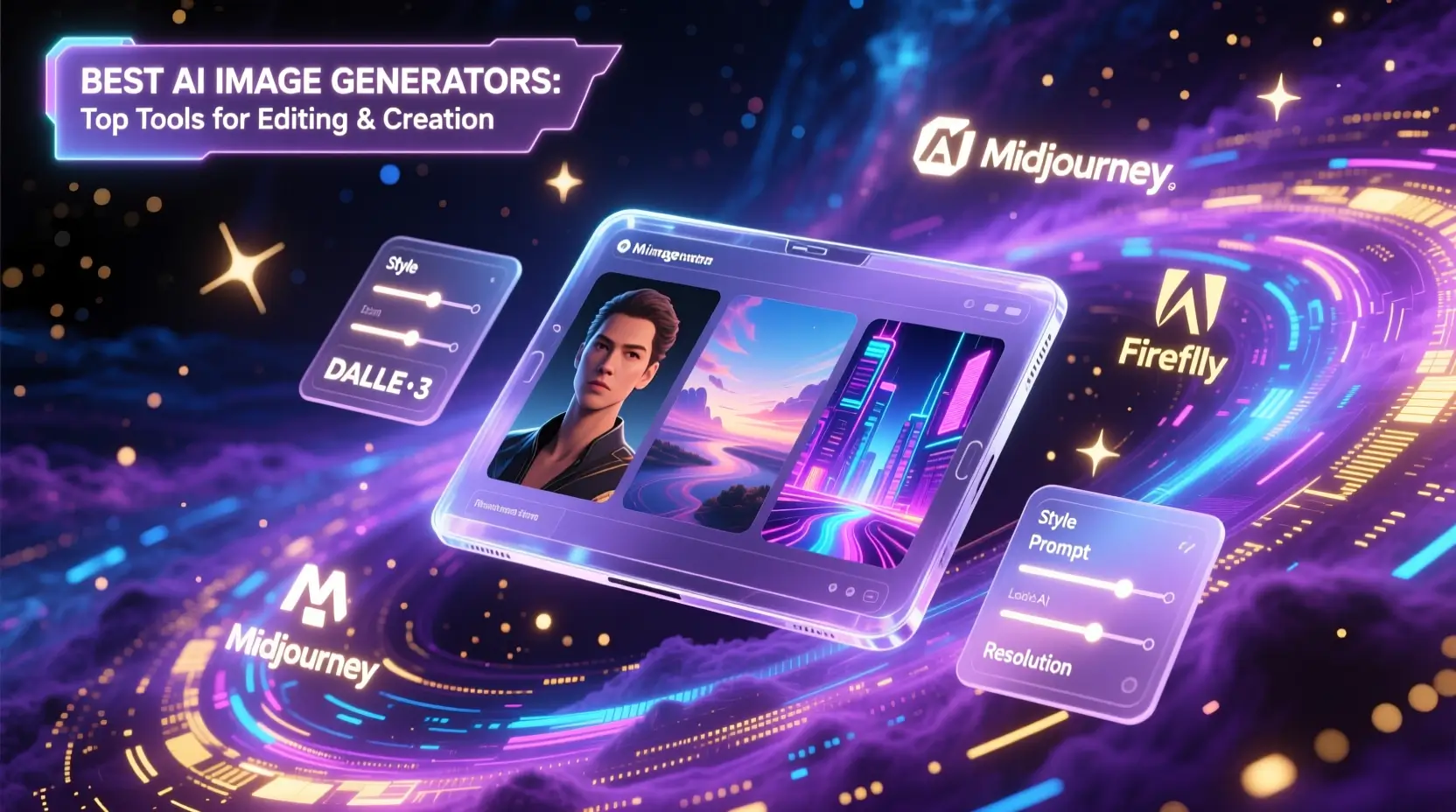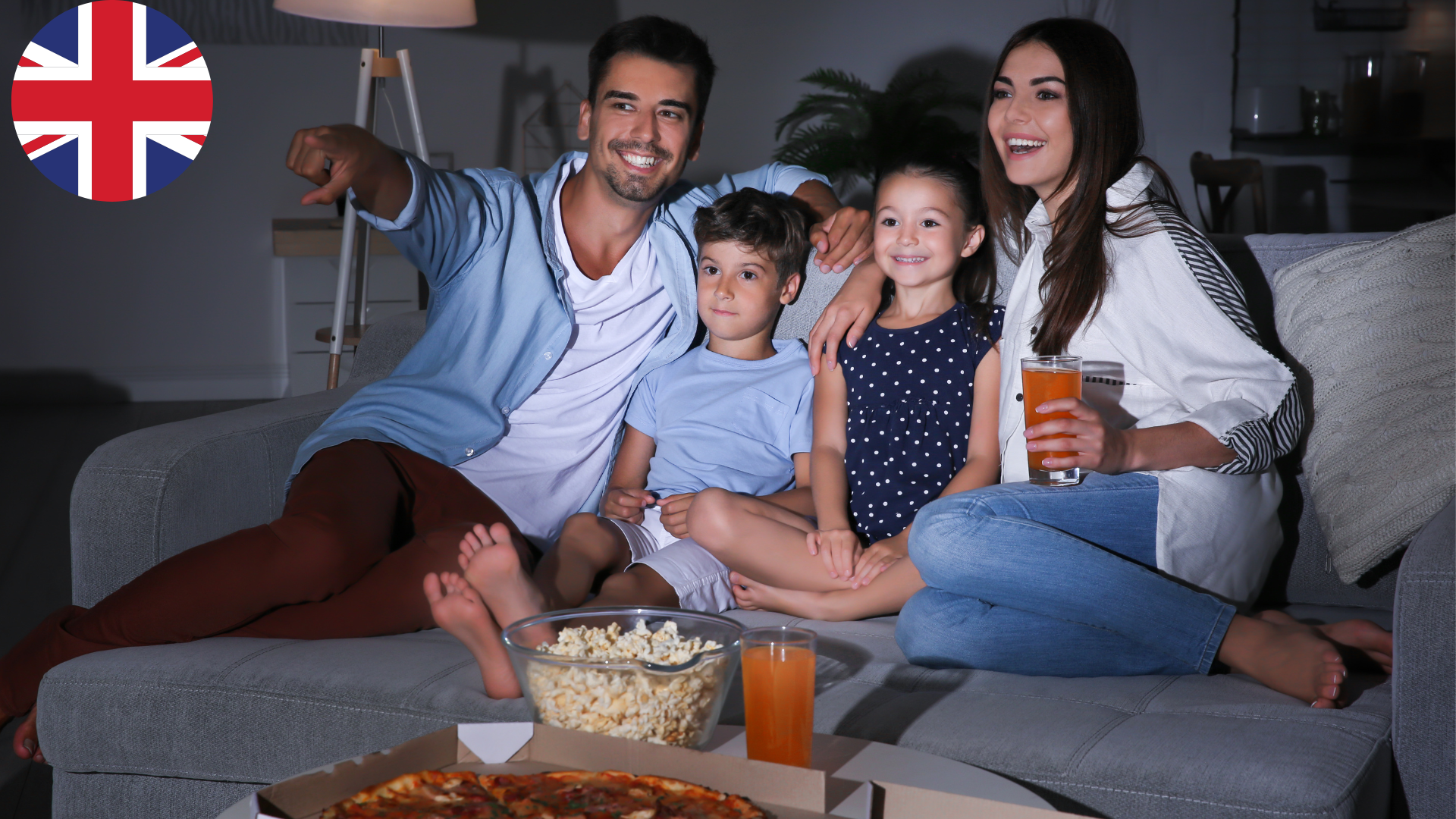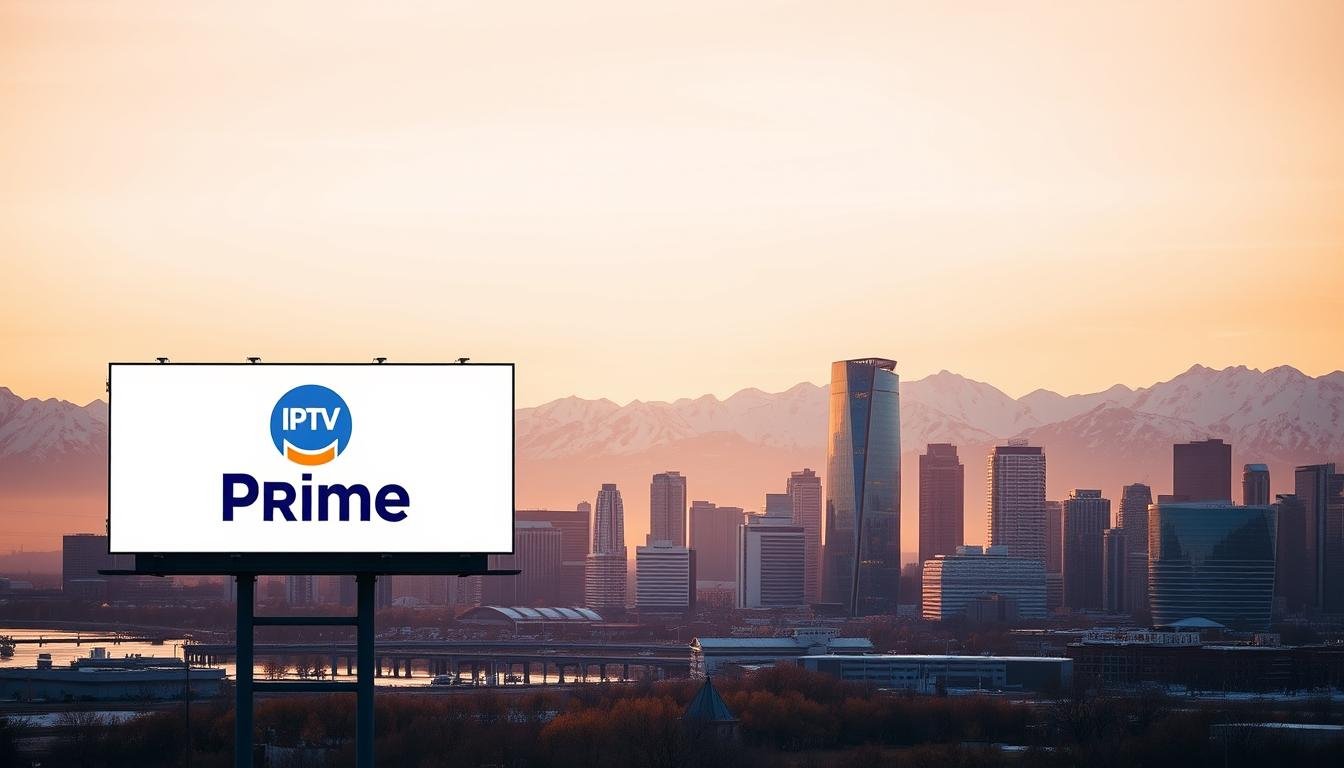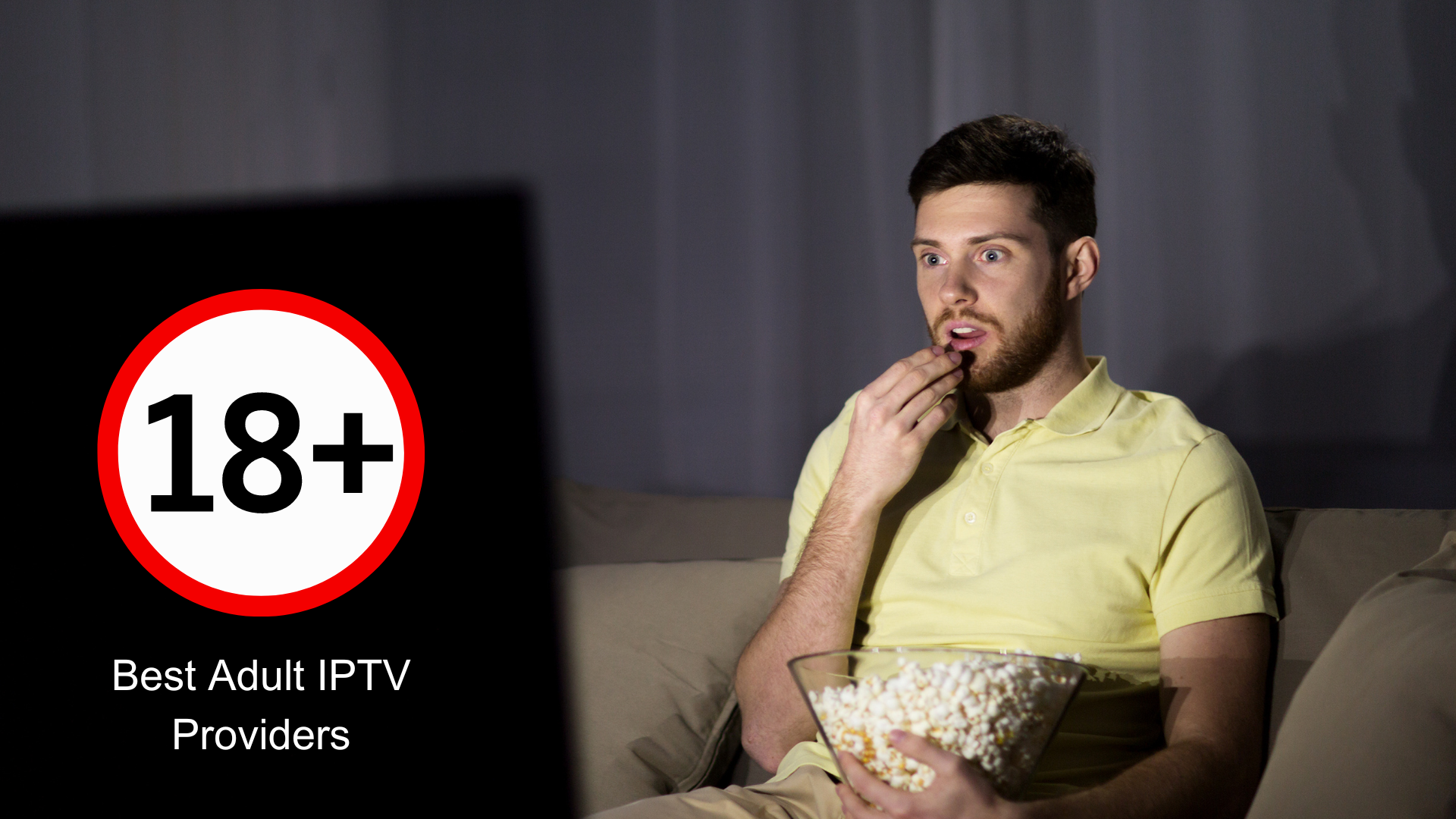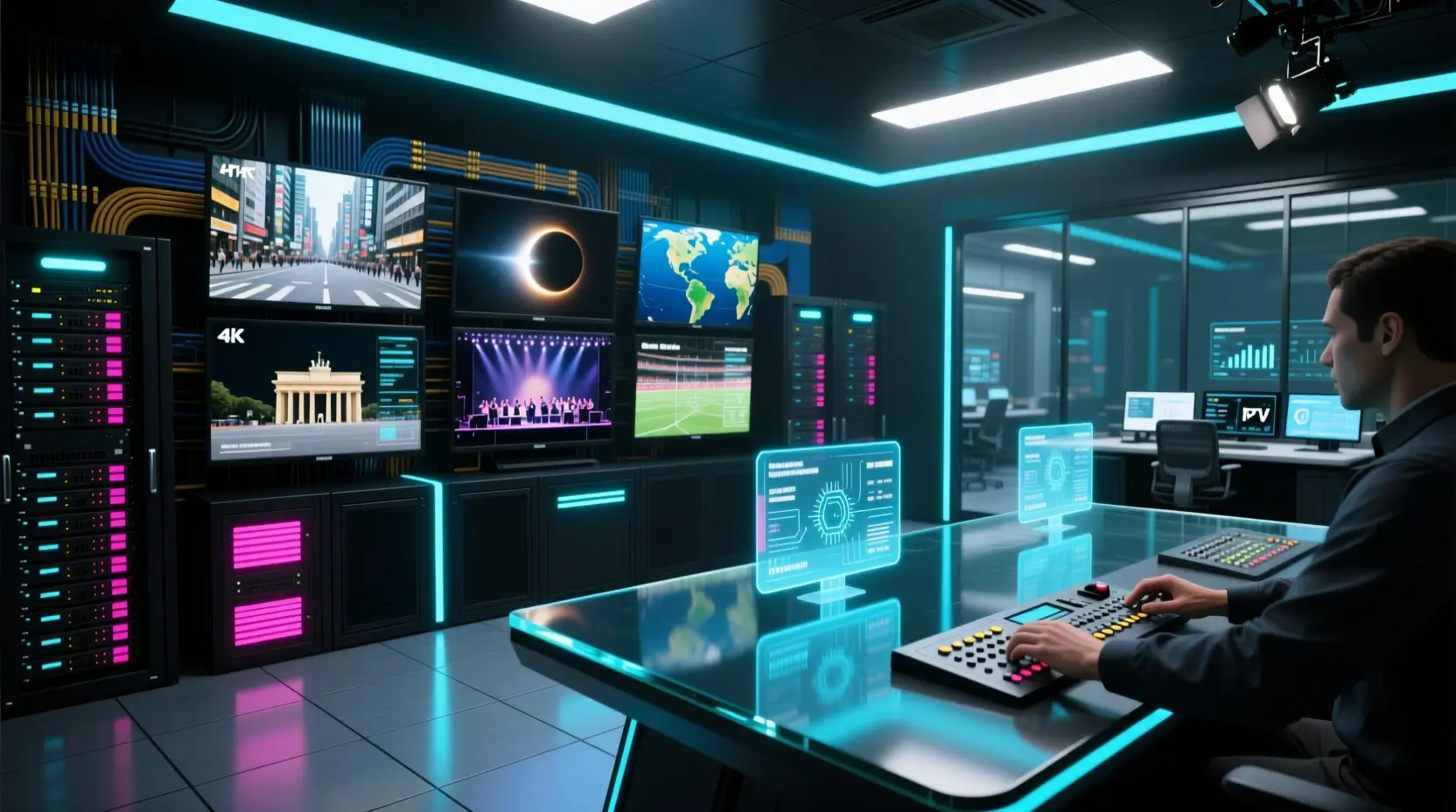A practical guide to the best AI image generators today — ranked for editing power, image quality, speed, and price so you can quickly choose the right tool for your projects.
Updated: 10/11/2025. Summary: this article compares top image generators (Nano Banana, GPT‑4o, Midjourney) and shows when to use each for the best image results and workflows.
Nano Banana
PlayVideo demo: Nano Banana (Gemini 2.5 Flash Image) — click to play. Alt: Screenshot of demo frame used in testing.
Google’s Gemini 2.5 Flash Image model — nicknamed Nano Banana — is an image generator built for fast, high‑quality edits and generation. In my testing it performed extremely quickly on common editing tasks (background swaps, clothing changes, and text overlays) while preserving the original subject in image‑to‑image workflows.
Quick facts
- Best for: fast photo editing and realistic image transformations (backgrounds, clothing, light retouching).
- Average generation time: typically under 10 seconds for single edits (results can vary by resolution and server load).
- Output: high‑resolution images suitable for web and social use; common formats include PNG/JPEG (check model docs for exact export options).
How I tested it
I generated a short Synthesia MP4, captured the first frame (screenshot), and uploaded that still into Nano Banana. I ran a series of image edits (add safety gear, replace background, add a caption) and exported results to animate later in Runway Act Two. Tests focused on preservation of subject, fidelity to the prompt, and speed.
Sample prompts (replicable)
- Image-to-image (safety gear): “Add a yellow hard hat and a high‑viz jacket to the person in the center, keep lighting consistent, photorealistic.”
- Background swap: “Change background to a busy construction site, maintain the subject scale and sharpness, realistic depth of field.”
- Full scene transform: “Turn this living room into a mid‑century modern office with warm lighting and wooden floors.”
Pros / Cons
- Pros: fast generation, strong subject preservation in image-to-image edits, versatile for many purposes (social images, video stills, product mockups).
- Cons: feature set and limits depend on the hosting platform and account tier; check licensing for commercial use before large‑scale projects.
Practical workflow tip: when you need to generate images for video, export the edited still at the highest available resolution, then use Runway’s Act Two to animate — this preserves quality and produces smoother motion. For text overlays, try adding the text as a separate layer if the in‑image text rendering isn’t pixel‑perfect.
Pricing & availability note: Nano Banana’s capabilities are tied to Gemini/Google’s image model releases — check the linked model page above for current access options, daily limits, and any credits required to generate images. If you rely on it daily, review the hosting app’s plan to avoid running into generation caps.
Try it: if you want to reproduce my tests, upload a video frame and run the “Add a yellow hard hat and a high‑viz jacket” prompt above. For tighter control, iterate with short prompts and small region masks to guide the model.
GPT-4o
PlayDemo: GPT-4o image generation — click to watch. Alt: example output frame used in testing.
GPT‑4o (ChatGPT’s multimodal model) includes built‑in image generation capabilities that support both text‑to‑image and image‑to‑image workflows. It’s an excellent all‑around image generator for quickly creating royalty‑free images for blog posts, social media, and simple marketing content.
Why use GPT‑4o
- Integrated into ChatGPT for a smooth app experience — create images alongside text content and prompts in one place.
- Supports a wide range of art styles (photorealistic, painterly, illustration) and reliably renders text inside images when prompted carefully.
- Available on the free tier with daily usage limits; upgrading to Plus or Pro increases credits and removes some caps.
How it compares (short)
Compared with specialized image editing tools like Nano Banana, GPT‑4o is more of a generalist: great for generating images from text prompts and quick edits, but for highly specific pixel‑level edits or fastest editing pipelines you may prefer Nano Banana; for painterly, high‑concept art, Midjourney often yields the best image quality.
Sample prompts (copy/paste)
- Text‑to‑image (blog hero): “Create a clean, photorealistic hero image of a home office with plants and warm lighting, 16:9, high detail, caption space left.”
- Image‑to‑image (product mockup): “Replace the background with a minimalist studio backdrop and add a subtle drop shadow; keep product colors accurate.”
- Text overlay (social): “Generate an Instagram post image of a coffee cup on a wooden table with the text ‘Morning Focus’ in bold sans serif at the top; keep text legible and high contrast.”
Limits, pricing & credits
The image generation feature appears on ChatGPT’s free tier but with daily generation limits and credits. Upgrading to Plus or Pro increases daily credits and unlocks higher throughput. Check ChatGPT’s official plan page for current per‑month credits, file size limits, and any usage costs before you commit to high‑volume image generation.
Text in images: tips for reliability
- Use short, explicit text prompts and specify font style, size, and color (e.g., “bold white sans serif, 48pt”) to improve fidelity.
- If the rendered text isn’t perfect, add text in a separate editing step (use an editing tool or overlay in your design app).
- For commercial projects, confirm licensing and rights for generated images in ChatGPT’s terms—most outputs are usable, but confirm restrictions if you plan to resell or trademark generated art.
Quick pros / cons
- Pros: convenient app integration, good for both text‑to‑image and image‑to‑image, accessible free option for occasional users, fast for concept images.
- Cons: free‑tier daily caps limit heavy use; for pixel‑perfect edits or advanced generation controls you may need specialist tools or paid plans.
Try this workflow: generate several variations with short prompts to identify the best base image, then run targeted image‑to‑image edits or export and refine in an editing app (or a tool like Nano Banana) to reach final quality. For step‑by‑step enablement, see ChatGPT’s image generation documentation linked above.
Midjourney
Example Midjourney output — known for painterly styles and high conceptual art quality.
Midjourney is one of the earliest mainstream image generators and remains a top choice when you want the best image quality for painterly, cinematic, or highly stylized art. Since its public debut in 2022 it has become the go‑to generator for designers and creators who prioritize aesthetic quality over raw speed.
Who should use Midjourney
Use Midjourney when your priority is creating the best image possible for posters, concept art, or image sources for image‑to‑video generation. If you need rapid photo edits or text‑accurate marketing images, a specialist editing tool or assistant may be a better option.
Pricing snapshot (check official site for updates)
| Plan Typical price Monthly generations / notes | ||
| Starter | (example) $10 / month | Limited generations; no video support |
| Standard | (example) $30 / month | More generations; priority access |
| Pro / Business | (example) $50+ / month | Higher generation allowance; video support and stealth mode on higher tiers |
Note: verify current per‑month pricing and exact plan names on Midjourney’s official pricing page; tiers and options change frequently.
Sample prompts & tips
- High‑concept art: “A surreal, painterly landscape with floating islands, dramatic lighting, and film grain — ultra detailed —ar 16:9 –v 5”.
- Character portrait: “Portrait of an astronaut in Baroque style, warm candlelight, oil painting texture, –stylize 1000 –ar 2:3”.
- Modifier tips: use aspect ratio flags (–ar), version flags (–v), and stylize (–stylize) to tune output; iterate with seed values for reproducibility.
Licensing & commercial use
Midjourney’s commercial license terms vary by plan and have changed historically — always confirm whether a given plan includes commercial rights and whether outputs may be used for reselling or trademarked work. If licensing clarity is mission critical, contact Midjourney support or consult their terms before using generated images in paid products.
Pros / Cons (short)
- Pros: best image quality for creative, painterly outputs; excellent for generating source images for image‑to‑video workflows and concept art.
- Cons: no reliable free plan (you generally pay per month), and costs can add up if you generate large numbers of images or need video support.
Quick comparison note: if you want the best image for a poster or concept piece, pick Midjourney; if you need fast, repeatable edits or pixel‑accurate adjustments, choose an editing tool like Nano Banana or an assistant like GPT‑4o as part of a hybrid workflow.
Try Midjourney when style and quality matter most — use the sample prompts above and experiment with flags and stylize values to discover unique image styles that suit your project.
Quick roundup & recommendations
To choose the right image generator, match the tool to your priorities: Nano Banana (Gemini) for the fastest, most reliable photo edits and image‑to‑image work; GPT‑4o (ChatGPT) for the most convenient free‑tier option that combines text and image generation in one app; Midjourney when you need the best image quality for art, posters, and concept work.
| Best for Recommended tool | |
| Fast, repeatable photo edits / video stills | Nano Banana |
| Free integrated generation in an app | GPT‑4o (ChatGPT) — best free option for occasional use |
| Highest artistic quality / painterly images | Midjourney |
How we tested
- Used identical video frame screenshots and text prompts across tools to compare subject preservation and fidelity.
- Measured average generation time and noted export formats and resolution options.
- Checked licensing notes and plan limits on each vendor’s public pages.
FAQ (short)
Q: Can I use generated images commercially? A: Often yes, but licensing depends on the plan and tool — always confirm the specific plan’s commercial rights.
Q: Which generator is cheapest per month? A: Free tiers (GPT‑4o) cover light use; Midjourney and specialist plans vary — compare per‑month credits before committing.
Q: Is text-in-image reliable? A: GPT‑4o has improved text rendering; when exact typography matters, add text as a separate layer in your editing app.
Next steps: try the sample prompts in this article, compare plan credits if you plan to generate many images per month, and pick the generator that best matches your workflow and quality needs. For detailed tutorials, check the product pages linked above and our prompt guide (see internal links on this page).
Disclosure: testing was performed by the article team; verify pricing and plan details on official product pages as they change frequently.


